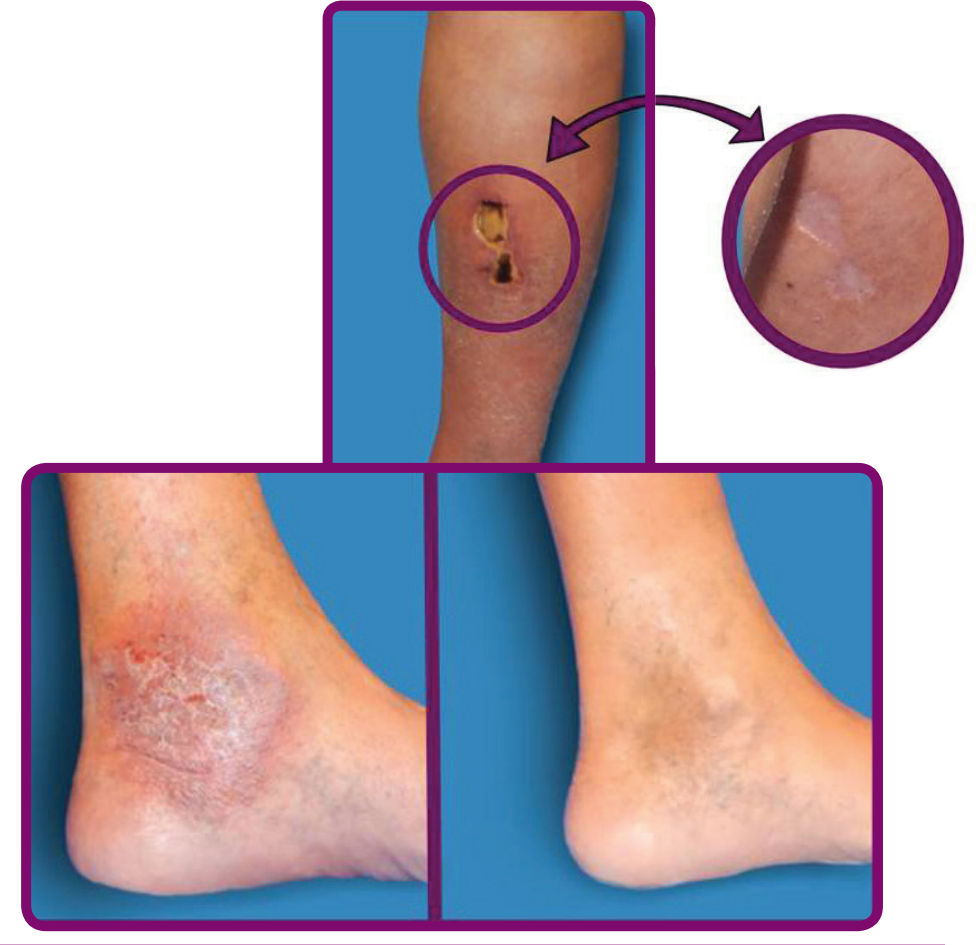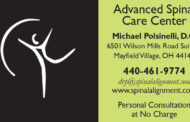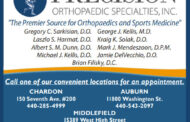
Dr. Razieh Mohseni is a Diplomat of the American Board of Vein and Lymphatic Medicine (ABVLM) and is an Active Member of the American College of Phlebology (ACP) since 2011.
She is certified as a Registered Physician in Vascular Interpretation (RPVI), as a Registered Vascular Technologist (RVT), and as a Certified Wound Specialist Physician(CWSP).
Dr. Mohseni received her Medical Degree from the University of Florence, Italy. She has been practicing in USA as Primary Care, and Internist since 1996 and as a Vein and Wound Specialist since 2012.
Dr. Mohseni is one of the few physicians in the country to hold all of these credentials.
According to National Institute of Health (NIH), 75-80% of leg ulcers are caused by Vein Disease also known as Chronic Venous Insufficiency (CVI). Currently, over 2.3 million adult individuals in USA suffer from chronic or recurrent Venous Leg Ulcers.
Vein disease (and Varicose Veins) is also one of the most common causes of Leg Swelling. Varicose veins are enlarged veins that can be blue, red or flesh colored. They are often raised above the skin on legs and look like twisted bulging cords, and can progress to Chronic Venous Insufficiency (CVI) if left untreated.
Common Symptoms of CVI:
• Swelling
• Heaviness, tired aching legs
• Leg Ulcers/Sores
• Restless Legs
Patients with leg ulcers are subject to many visits to their family physicians and/or Wound Clinics. These ulcers either don’t heal for months (or even years), or they keep coming back after they heal.
Most patients with swollen legs end up taking some type of diuretic medicine (water pill). This may seem to help; however, the benefit is quite limited.

Varicose Veins and Venous insufficiency
Varicose veins occur when the valves within the veins that carry blood from the legs toward the heart no longer function, causing blood to pool in the legs.
When you are in the upright position, your leg veins are supposed to carry the blood against gravity to the heart. When the veins become large and the valves malfunction, blood starts flowing backward toward the feet. This is known as an incompetent vein and will cause edema, your blood loses water to your leg tissue and produces swelling.
Patients who have leg ulcers (Sores) and or swelling will benefit from comprehensive lower extremity vein evaluation. Proper treatment of venous insufficiency is shown to improve wound healing time and reduce recurrence of leg ulcers.
What to do if you have any of these conditions?
Get tested. The testing for this condition is a comprehensive ultrasound examination of deep and superficial veins of the legs. At Vein Clinics of Lake County (VCLC), your Ultrasound test will be done by our highly specialized and certified ultrasound technicians. Our clinics and vascular labs are accredited by the IAC which is highest accrediting institute in United States. This means you can trust to have accurate information about your legs and receive the best possible care.
Proven Treatments
Today there are a number of minimally invasive treatment options that are covered by many insurance companies.
Medical grade compression stockings are helpful, but they are to be worn at all times to be effective.
Surgical Vein stripping used to be the common treatment for advanced disease. This is being replaced, for the most part, by non-surgical, minimally invasive ablation procedures.
Ablation Treatments close the diseased vein so that the blood that would normally return toward the heart through these veins will then travel through other veins instead. Over time, the treated vein shrinks and is absorbed by the body.
Endovenous Ablation involves the insertion of a thin, flexible tube into the vein via a needle. Once the laser is in place, numbing medicine is put around the vein (so the actual laser process is pain-free). When the laser is turned on the vein spasms and closes so that the healthy veins are forced to take over. When the treatment is finished, all you need is a Band-Aid and you walk out of the office.
























